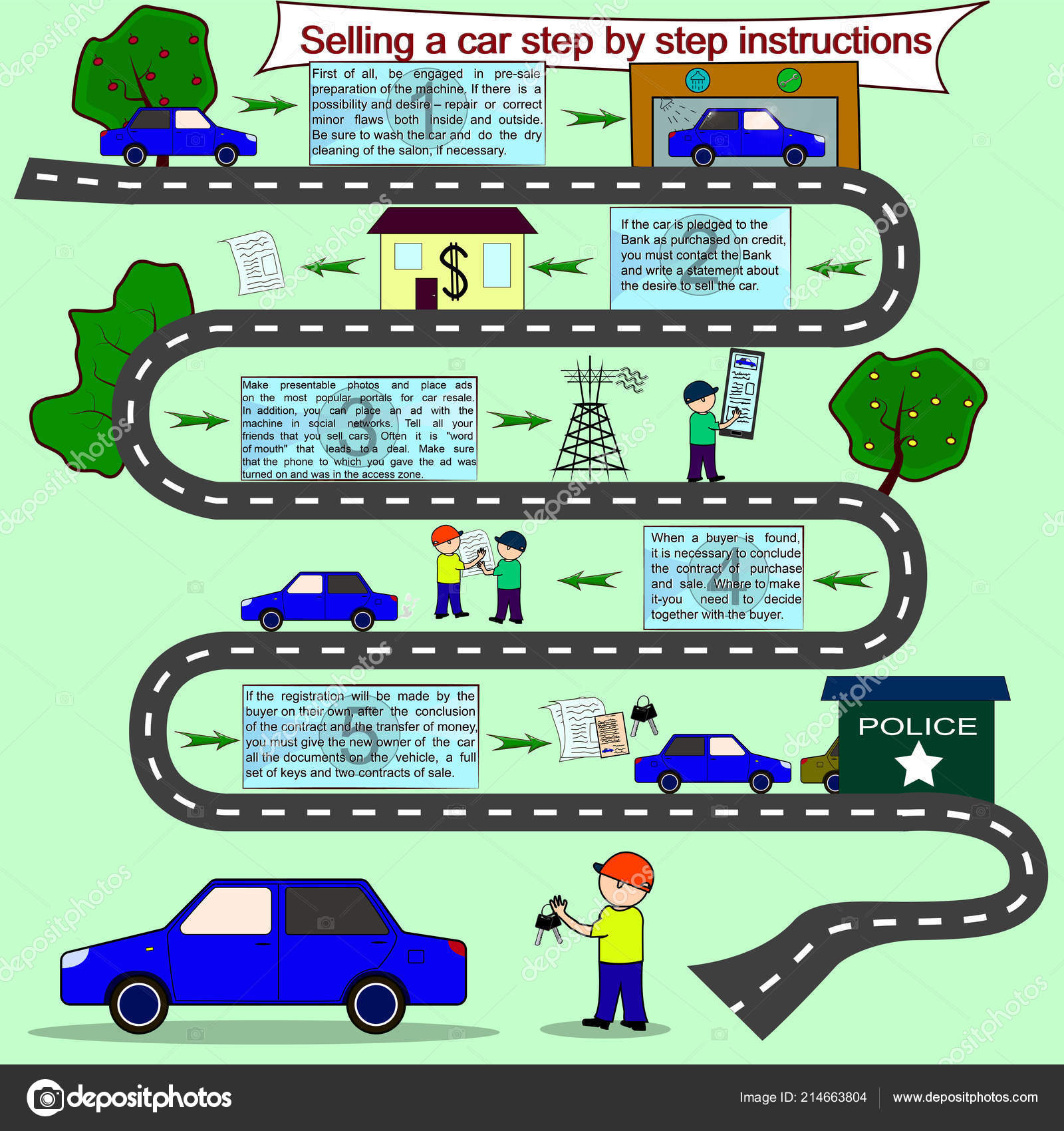Intrigued In Recognizing The Caution Lights On Your Vehicle'S Control Panel? Discover Their Significance For Your Car'S Safety And General Problem
Intrigued In Recognizing The Caution Lights On Your Vehicle'S Control Panel? Discover Their Significance For Your Car'S Safety And General Problem
Blog Article
Content By-Higgins Alvarado
When you lag the wheel, those radiant warning lights on your control panel can be a bit complicated. Do you recognize what they're trying to inform you about your car's health and wellness? Understanding the importance of these lights is important for your safety and the long life of your car. So, the next time one of those lights turns up, would not you intend to decipher its message precisely and take the needed actions to address it?
Common Warning Lights and Interpretations
Determine common warning lights in your car and understand their significances to guarantee safe driving.
The most normal warning lights include the check engine light, which indicates concerns with the engine or emissions system. If this light comes on, it's critical to have your automobile inspected quickly.
The oil stress warning light shows low oil pressure, needing instant interest to stop engine damage.
caravan wash flashing battery light may recommend a damaged charging system, possibly leaving you stranded if not attended to.
The tire stress monitoring system (TPMS) light alerts you to low tire pressure, influencing car stability and fuel efficiency. Ignoring this might cause hazardous driving conditions.
The abdominal muscle light indicates a problem with the anti-lock braking system, compromising your capacity to stop promptly in emergency situations.
Last but not least, the coolant temperature level warning light warns of engine overheating, which can result in severe damages if not resolved swiftly.
Comprehending these typical caution lights will aid you address concerns promptly and keep secure driving conditions.
Relevance of Prompt Interest
Understanding the typical caution lights in your vehicle is just the primary step; the importance of promptly resolving these warnings can't be stressed enough to ensure your security when driving.
When a warning light illuminates on your control panel, it's your automobile's way of interacting a potential concern that requires attention. Overlooking these cautions can result in extra serious problems in the future, compromising your security and possibly costing you much more out of commission.
Motivate interest to cautioning lights can protect against breakdowns and crashes. As an example, a blinking check engine light could suggest a misfire that, if left ignored, could cause damage to the catalytic converter. Resolving this immediately can save you from an expensive fixing.
In https://www.traveldailynews.com/post/seven-car-maintenance-steps-that-lower-your-auto-repair-costs , a brake system warning light may indicate reduced brake liquid or worn brake pads, crucial elements for your security when driving.
DIY Troubleshooting Tips
If you notice a warning light on your dashboard, there are a couple of do it yourself repairing tips you can try before looking for professional assistance.
The primary step is to consult your cars and truck's manual to recognize what the details warning light indicates. In some cases the problem can be as basic as a loose gas cap causing the check engine light. Tightening up the gas cap may settle the trouble.
One more typical issue is a low battery, which can trigger different alerting lights. Inspecting the battery connections for deterioration and ensuring they're safe could repair the problem.
If a warning light lingers, you can attempt resetting it by detaching the cars and truck's battery for a few minutes and then reconnecting it. In addition, checking your lorry's liquid degrees, such as oil, coolant, and brake liquid, can help troubleshoot warning lights associated with these systems.
Verdict
Finally, comprehending your car's caution lights is essential for maintaining your lorry running smoothly and securely. By immediately resolving these alerts and recognizing what they suggest, you can prevent expensive repairs and prospective break downs.
Keep in mind to consult your car's manual for particular information on each warning light and do something about it as necessary to ensure a hassle-free driving experience.
Remain notified, stay risk-free when driving!
